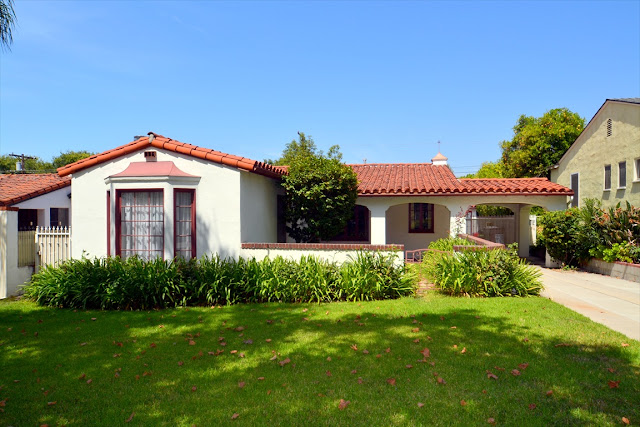Connecting value systems in architecture
Information and debate on architecture happens in I different ways. Apart from academic institutions and the profession itself, various kinds of media
interventions come useful in transmitting and initiating thought processes leading to discoveries and paradigm shifts in one's perception. One's participation in architecture and related fields is only an outcome of this dialectic. In the post-Independence India probably the first most important journal that came about was "Design' edited by late Patwant singh, in 1957 after The India Builder (53) by the same editor besides the Journal of Indian Institute of Architects.
Today, one must have lost the count of magazines and journals on design and related matter in India, which have lofty claims on 'design and creativity'. These together must be able to represent an idea as to what is commercially successful and patronised by the society at large and what is found of academic merit by architects and academia themselves. There are magazines, which one finishes glancing through in toilets and there are those, which one has to sit and read through with attention! I suppose both have their place as they represent the market demand and the struggle to explore, respectively. Top quality journals in regional literature are started with idealism, rebellion, and motivated by thought. Although such journals Struggle against all odds, at times folding up sooner than one wishes, they promote emerging new thinking and literary values in the process becoming invaluable documents of history of culture of society. Architecture magazines and journals have a stupendous task before them. These seem to be torn between the polemics of appeasing glamour and product advertisements from industry and trade on one hand while on the other to also try and make sense of the happenings in the field. Often they too start with high aims and goals varying from professional excellence to supporting academic debate-being a critique of works to giving typological information. Today, when everything is being motivated by economics if not commercial interests, it seems tough to find a journal representing best of both the worlds. But since now there are so many magazines and journals catering to fashion, and glamour in glorification of what sells better, perhaps it might be easier for a journal to carve out a niche for one's readership by working on a stronger agenda without being caught in maintaining the delicate balance of commercial interests and critique. However, the importance of a journal that eventually stands for critique, quality and is engaged in discussing issues that make architecture possible can never be over emphasised. A journal ought to bring in all the three aspects, i.e., critique, Excellence, and connectivity. In doing so, it would endeavour to discuss the tribal, the rural, the Urban concerns and the nature of future that one Strives for in an inclusive ratherthanan exclusive way. overall quality of
publication and presentation having gone up considerably there seems to be always much more that one could do to improve the graphic expression. There is no lowering of graphic duality. One begins to become multidisciplinary in approach when it comes to the graphic Quality of a journal. A journal would become invaluable if it serves as a means to connect the Known and the Unknown in the field with a critical approach to its discipline.
It is heartening to note that A+D is 25 years old. In all these years, besides carrying on the struggle to keep the journal afloat, A+D has been a pioneer of sorts in promoting architectural journalism, discussing issues from city planning and urban design right up to rural and contextual architecture in the country, promoting talent and ideas from varied background, and in recent years, also helping the promotion of awards for excellence in architecture. It must be conscious of its role as a significant link in exploring and connecting emerging values in the discipline of design and architecture.




Comments
Post a Comment